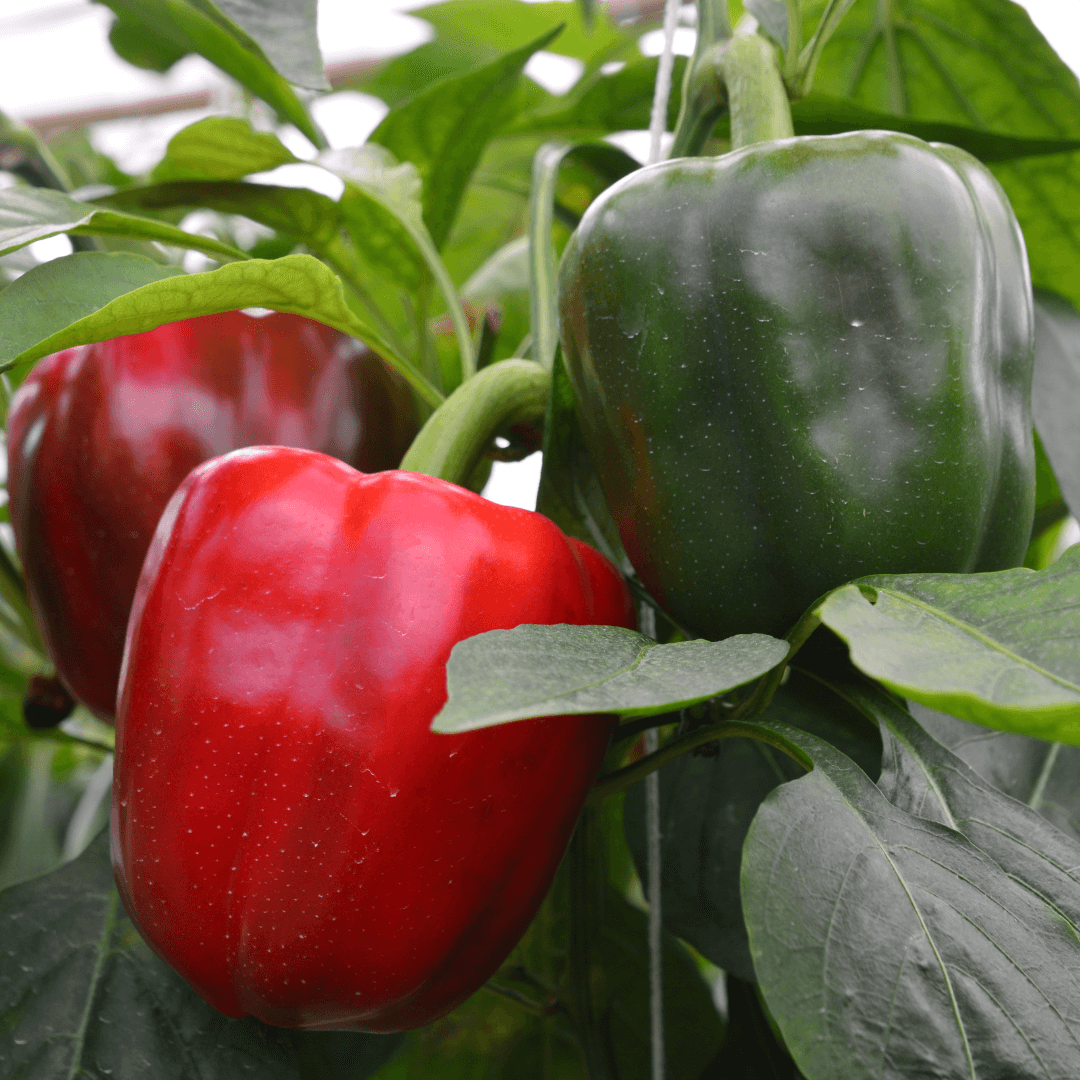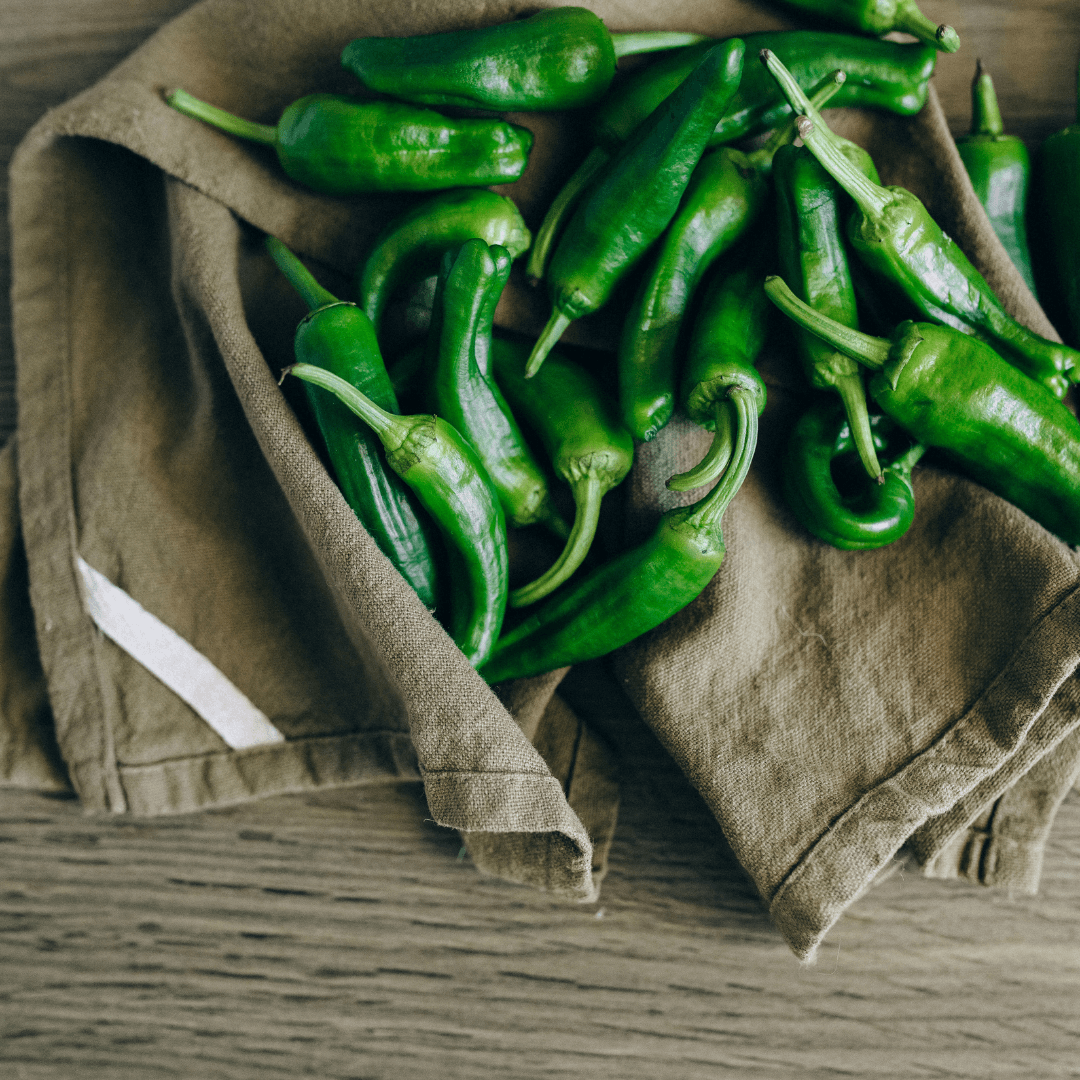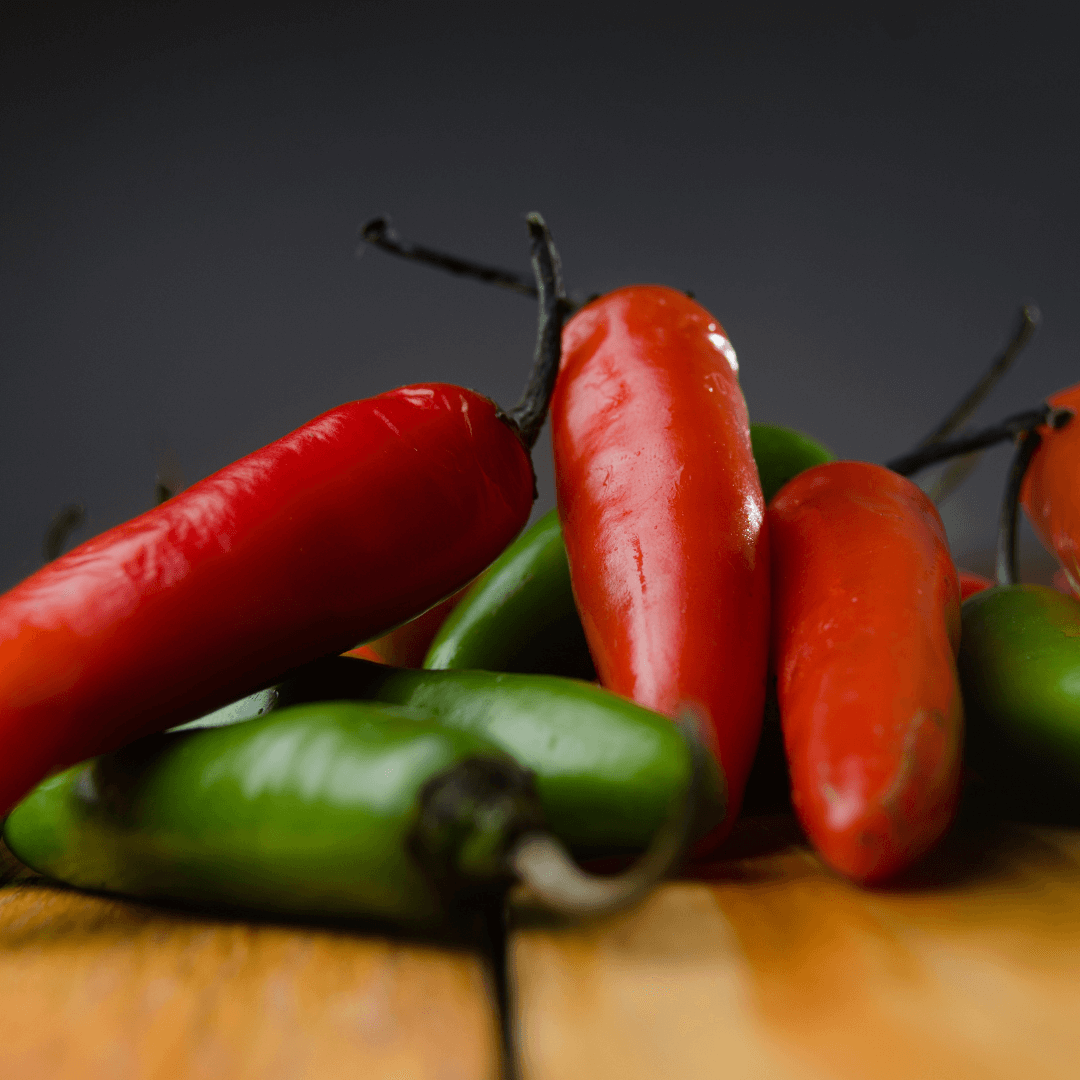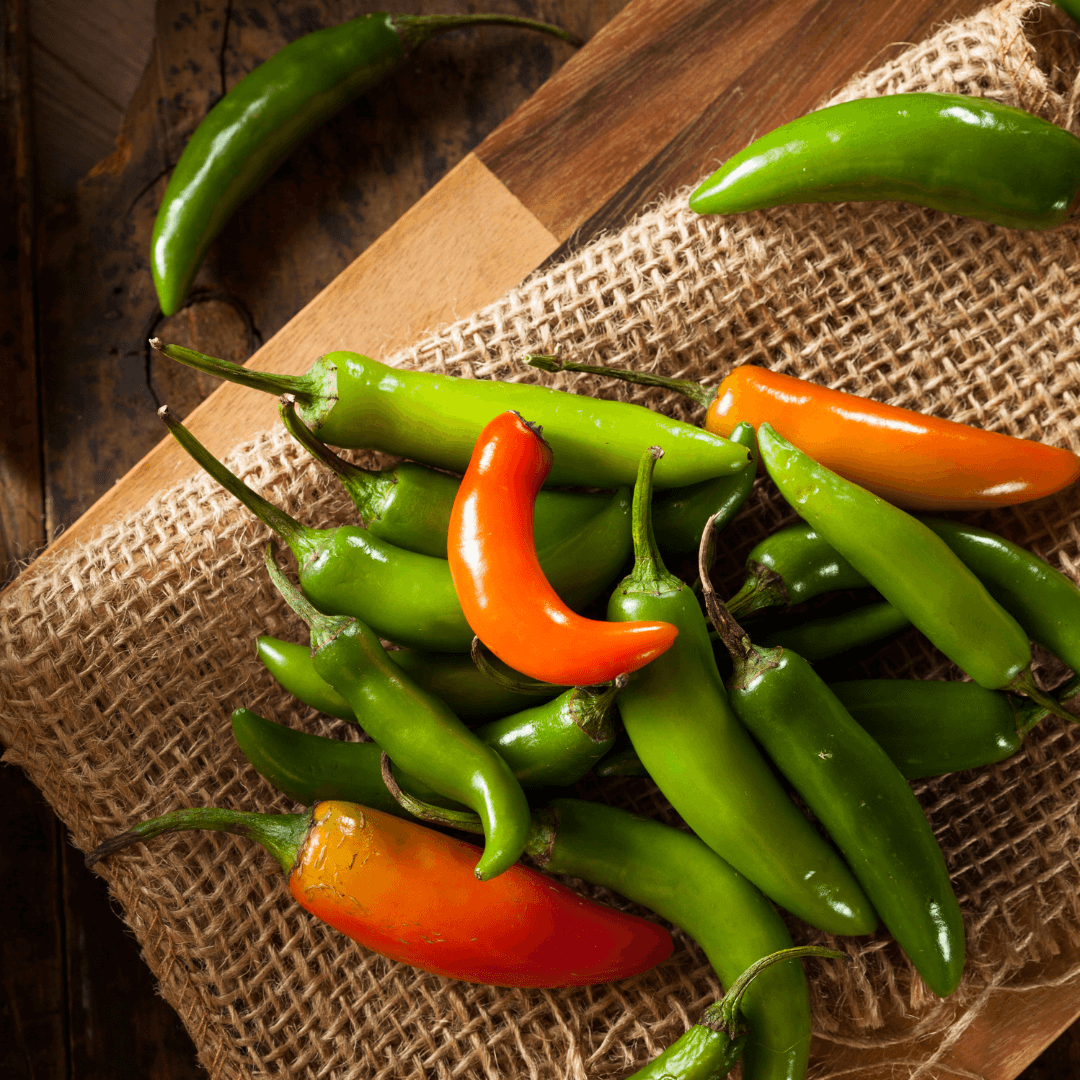Growing bell peppers from seed can be an enjoyable and rewarding experience. These versatile vegetables can thrive in various climates and gardens with proper care. Let's learn how to grow bell pepper from seed, from selecting the right seeds to transplanting your plants and caring for them throughout the growing season.
Table of Contents
- Introduction to Bell Peppers
- Bell Pepper Plant Characteristics
- Choosing Your Bell Pepper Seeds
- Starting Bell Pepper Seeds Indoors
- Transplanting Bell Pepper Seedlings
- Bell Pepper Plant Care
- Harvesting Your Bell Peppers
- Common Pests and Diseases
Introduction to Bell Peppers Plants Growing
Bell peppers, also known as sweet peppers, are popular vegetables grown in home gardens due to their versatility in various dishes and vibrant colors. There are many different pepper varieties, ranging from sweet bell peppers to hot peppers like jalapenos and habaneros. However, this guide will focus on growing bell pepper plants from seed.
Bell peppers thrive in full sun and require a relatively long growing season. They are also sensitive to frost, so planting the seeds after the last chance of frost in your area is essential. With the right care and conditions, bell pepper plants can produce abundant fruit in summer and early fall.
Bell Pepper Plant Characteristics
Before diving into the process of growing bell peppers from seeds, it's essential to familiarize yourself with the characteristics of these plants. Here is a bulleted list of important bell pepper plant characteristics:
- Native: Central and South America
- Family: Solanaceae
- Genus: Capsicum
- Common Name: Bell Pepper
- History of the Seed: Domesticated more than 5,000 years ago
- Days till Maturity: 60-90 days, depending on the variety
- Planting Depth: 1/4 inch deep
- Plant Spacing: 18-24 inches apart
- Days to Germination: 7-14 days
- Indoors or Direct Sown: Start seeds indoors
- Full Sun or Partial Shade: Full sun
- When to Harvest: When peppers reach desired color and size
- Plant Height: 24-36 inches
- Plant Width: 18-24 inches
Sweet California Wonder Bell Pepper Seeds
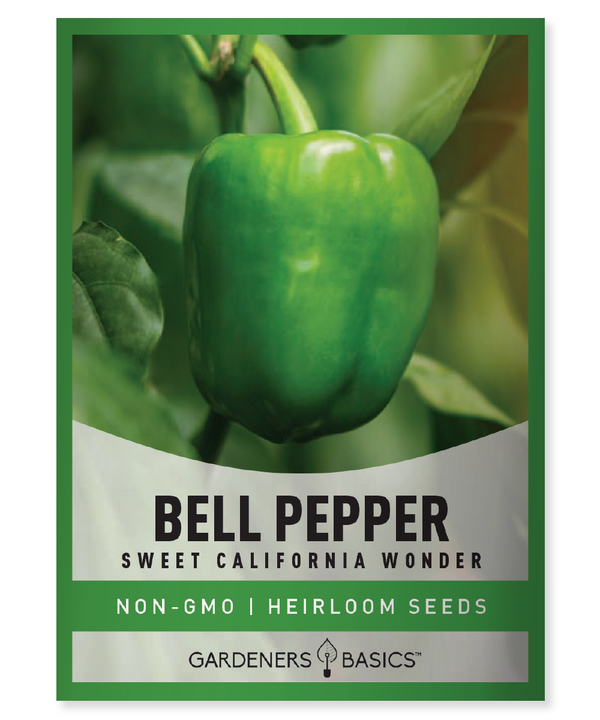
$2.49
Sweet California Wonder Bell Pepper Seeds - Heirloom, Non-GMO, Non-Hybrid, Open-Pollinated Grow your own delicious and vibrant Sweet California Wonder Bell Peppers with our premium heirloom, non-GMO, non-hybrid, open-pollinated seeds! Perfect for home gardeners and pepper enthusiasts, these versatile and… read more
Choosing Your Bell Pepper Seeds
When selecting bell pepper seeds, it's essential to consider your area's ideal conditions and growing season. Many pepper varieties have unique characteristics, such as color, size, and flavor. Some popular varieties include red bell peppers, green bell peppers, and even purple or chocolate-colored peppers.
Purchase pepper seeds from a reputable source, like an online seed store, to ensure high-quality seeds with good germination rates. Gardeners Basics (gardenersbasics.com) is an excellent option for purchasing bell pepper and other vegetable seeds.
Starting Bell Pepper Seeds Indoors
Preparing Your Seeds
Soak your pepper seeds in warm water for 2-8 hours before planting to increase the chance of successful germination. This will help soften the seed coat and encourage faster germination.
Planting Your Seeds
Bell pepper seeds should be started indoors 6-8 weeks before the last frost date in your area. Fill seed trays or small pots with a high-quality, well-draining potting mix. Plant the seeds about 1/4 inch deep and lightly cover them with potting mix. Water the seeds gently to moisten the soil, but avoid overwatering, which can lead to seed rot.
Providing the Right Conditions
Bell pepper seeds require warm temperatures to germinate, ideally between 70-85°F (21-29°C). You can use a heat mat or place the seed trays in a warm location to maintain the necessary temperature. Keep the soil consistently moist but not soggy throughout the germination process. It usually takes 7-14 days for bell pepper seeds to germinate.
Caring for Seedlings
Once your seeds have germinated and the seedlings have emerged, providing adequate light is important. Place the seedlings on a sunny windowsill or under grow lights for at least 12-16 hours daily. Rotate the seedlings regularly to ensure even growth and prevent them from becoming leggy.
Transplanting Bell Pepper Seedlings
Once your bell pepper seedlings have grown strong and healthy indoors, it's time to prepare them for life in the garden. Transplanting seedlings is a critical stage in the life of your bell pepper plants, as it sets the foundation for their continued growth and development. This section will discuss the essential steps to ensure a successful transplant, including hardening off your seedlings and the best practices for transplanting them into your garden.
Hardening Off
Before transplanting bell pepper seedlings outdoors, they must be acclimated to the outdoor conditions. This process, known as hardening off, typically takes 7-10 days. Start by placing your seedlings outdoors in a sheltered location for a few hours each day, gradually increasing their time and exposure to direct sunlight.
Planting Seedlings
After hardening off your seedlings and ensuring there's no more chance of frost, it's time to transplant them into your garden or larger containers. Choose a location with full sun and well-draining soil. Space the seedlings 18-24 inches apart for adequate airflow and growth. Dig a hole deep enough to cover the root ball and a small portion of the stem, then gently place the seedling into the hole and cover it with soil. Water the seedlings thoroughly after transplanting.
Bell Pepper Plant Care
Caring for bell pepper plants ensures a bountiful harvest and healthy, productive plants. As your bell peppers grow, they will require regular attention in watering, fertilizing, and other essential care practices. By monitoring and addressing the specific needs of your bell pepper plants, you can provide the ideal conditions for them to thrive and produce a generous yield of tasty peppers. This section will explore the key aspects of bell pepper plant care, including watering and fertilizing, to help you maintain a flourishing garden.
Watering
Bell pepper plants require consistent moisture, especially during the fruit production stage. Aim for at least 1-2 inches of water per week from rainfall or supplemental watering. Water deeply to encourage a strong root system and prevent the soil from drying out. It's best to water early in the morning or late in the afternoon to minimize evaporation and ensure the plants can make the most of the available moisture. A drip irrigation system or soaker hose can help deliver water directly to the plant's roots, reducing the risk of foliar diseases caused by wet leaves.
Fertilizing
Fertilizing your bell pepper plants is essential for their growth and fruit production. Apply a balanced fertilizer or compost when transplanting your seedlings and again when the plants produce flowers. A slow-release granular fertilizer with equal nitrogen, phosphorus, and potassium (10-10-10) is ideal for bell peppers.
Avoid using high-nitrogen fertilizers, as this can cause abundant foliage growth at the expense of fruit production. Maintaining proper soil pH is also essential, as bell peppers prefer a slightly acidic to neutral soil with a pH between 6.0 and 6.8. Regularly test your soil and amend it with lime or sulfur to maintain the optimal pH range.
Supporting Your Plants
As your bell pepper plants grow, they may require support to prevent branches from breaking under the weight of the fruit. Use stakes, cages, or trellises to support and encourage healthy growth. Stakes should be at least 3-4 feet tall and driven about 12 inches deep, close to the plant, without damaging its roots. As the plant grows, tie the main stem to the stake with soft twine or plant ties, allowing the stem to expand.
Cages, like tomato cages, can be placed around the plants, offering support to the branches as they grow. Trellises can also be used, especially for larger or more sprawling bell pepper varieties. Installing a trellis system early in the season will allow the plants to grow into the support structure, reducing the risk of damage to the stems and fruits.
Pruning
Pruning your bell pepper plants can promote better airflow and sunlight penetration, helping to prevent diseases and improve fruit production. Begin by removing any diseased, damaged, or yellowing leaves as soon as you notice them. This enhances the plant's overall health and helps prevent the spread of diseases to nearby plants.
Consider pinching off the first few flowers to encourage stronger, more productive plants. This practice, known as "topping," allows the plant to divert energy from early fruit production to vegetative growth, resulting in a more robust and bushier plant that can support more fruit later in the season.
It's also beneficial to selectively prune some of the interior branches to improve airflow and sunlight exposure. Focus on removing branches that are crossing or rubbing against each other, as well as any branches that are growing toward the center of the plant. This will create a more open and healthy plant structure, reducing the risk of diseases and improving fruit quality.
Pepper Seed Assortment | 8 Variety Pack
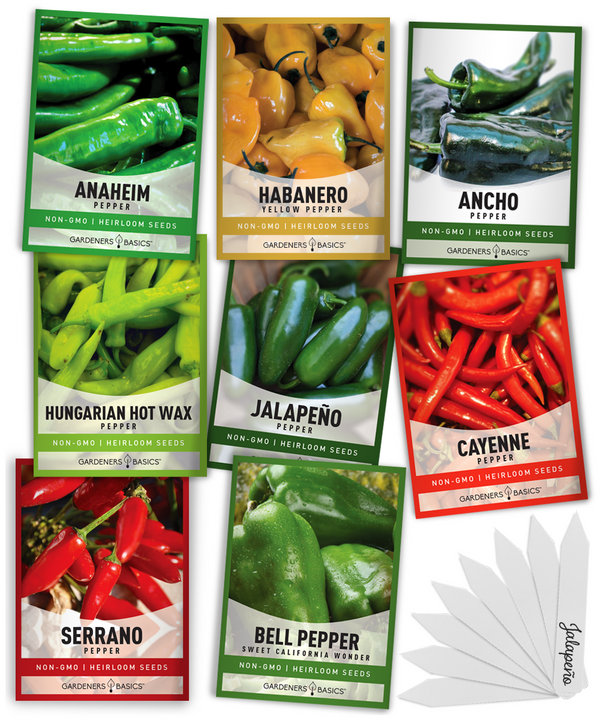
$15.95
8 Pepper Seeds Variety Pack – Heirloom, Non-GMO, Open-Pollinated, Non-Hybrid Seeds Elevate your garden with our 8 Pepper Seeds Variety Pack! This premium selection includes a mix of heirloom, open-pollinated, non-hybrid, non-GMO pepper seeds, perfect for beginner and experienced gardeners.… read more
Harvesting Your Bell Peppers
Bell peppers can be harvested at any stage of maturity, depending on your preference. Green bell peppers are harvested before they have fully ripened, while red, yellow, or orange bell peppers are allowed to ripen on the plant, resulting in a sweeter flavor. To harvest, use a sharp knife or pruning shears to cut the pepper from the plant, leaving a small portion of the stem attached to the fruit.
When to Harvest
Bell peppers can be harvested at any stage of maturity, depending on your preference. Green bell peppers are harvested before fully ripening, usually when they are firm and have reached their full size. Harvesting green bell peppers can also help to encourage the plant to continue producing more fruit throughout the season.
Red, yellow, or orange bell peppers are allowed to ripen on the plant, resulting in a sweeter flavor and more vibrant color. The ripening process can take 2-3 weeks after the green stage, but the wait is worth it for the enhanced flavor and nutritional content.
Harvesting Techniques
When harvesting bell peppers, use a sharp knife or pruning shears to cut the pepper from the plant, leaving a small portion of the stem attached to the fruit. This helps prevent plant damage and reduces the risk of infections entering through open wounds. Avoid pulling or twisting the peppers off the plant, as this can cause damage to the branches and negatively impact future fruit production.
Storing Your Harvest
After harvesting your bell peppers, store them in a cool, dry place or refrigerator. Bell peppers can be stored in the fridge for up to two weeks, but using a perforated plastic bag or a container with a lid slightly ajar to allow for proper airflow and prevent moisture buildup is important. Alternatively, you can freeze, dry, or pickle your bell peppers to enjoy them throughout the year.
Common Pests and Diseases
Bell pepper plants can be susceptible to various pests and diseases, including aphids, spider mites, and fungal diseases like blight or leaf spots. Regularly inspect your plants for signs of pests or disease and take appropriate action, such as applying organic insecticides, fungicides or removing affected plant material.
Insect Pests
Bell pepper plants can be susceptible to insect pests, including aphids, spider mites, and whiteflies. These pests can damage plants' leaves, stems, and fruits and transmit diseases.
To control insect pests, inspect your plants regularly for signs of infestation, such as discolored or distorted leaves, and take appropriate action. You can use organic insecticides, like neem oil or insecticidal soap, to manage these pests or introduce beneficial insects, such as ladybugs or lacewings, which are natural predators of many common pests.
Fungal Diseases
Various fungal diseases like blight, powdery mildew, or leaf spot can also affect Bell peppers. These diseases can cause discoloration, wilting, or defoliation of your plants and may lead to reduced fruit production or even plant death.
Prevention is the best strategy for managing fungal diseases. Ensure your plants have adequate airflow and sunlight by properly spacing them and pruning them when necessary. Water your plants at the base, avoiding wetting the foliage, and water early in the day to allow the leaves to dry before nighttime.
If you notice signs of fungal diseases on your plants, remove and dispose of affected plant material immediately to prevent the spread of the disease. Apply organic fungicides, such as copper-based products or sulfur, to help control existing infections and protect your plants from further damage.
By regularly inspecting your plants and taking prompt action when pests or diseases are detected, you can maintain the health of your bell pepper plants and enjoy a bountiful harvest.
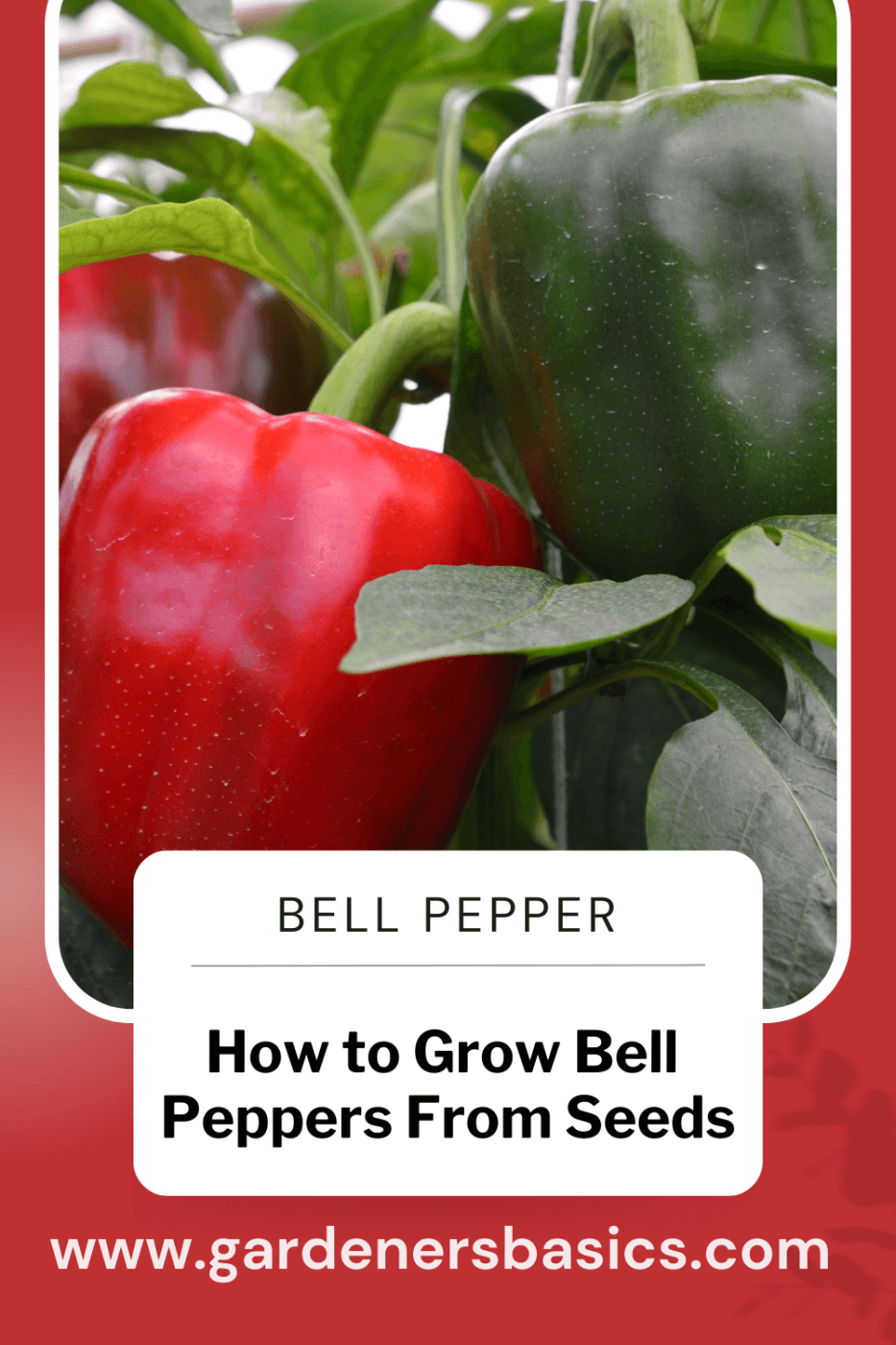 Frequently Asked Questions - How to Grow Bell Pepper from Seed
Frequently Asked Questions - How to Grow Bell Pepper from SeedQ: Can I grow bell peppers in containers?
A: Yes, bell peppers can be successfully grown in containers. Choose a container 12 inches in diameter with drainage holes to prevent waterlogged soil. Use a high-quality potting mix and ensure the plants receive full sun for optimal growth.
Q: How many bell peppers can I expect from one plant?
A: The number of peppers a single plant produces depends on the variety, growing conditions, and overall plant health. A healthy bell pepper plant can produce 5-10 peppers during the growing season.
Q: Can I grow bell peppers from store-bought peppers?
A: While it is possible to grow bell peppers from seeds collected from store-bought peppers, it's essential to note that the results may not be consistent. Store-bought peppers may be hybrids, and their seeds may not produce plants with the same characteristics as the parent plant. For best results, purchasing seeds from a reputable source is recommended.
Q: How do I know when to pick my bell peppers?
A: Bell peppers can be harvested at various stages of maturity, depending on your preference. For green bell peppers, harvest when they reach the desired size and are firm to the touch. Allow red, yellow, or orange bell peppers to ripen on the plant until they get their full color.
Q: Why are my bell pepper leaves turning yellow?
A: Yellowing leaves on bell pepper plants can be caused by several factors, including overwatering, nutrient deficiencies, or pests and diseases. Check the soil moisture, examine the leaves for signs of pests or disease, and ensure you provide adequate nutrients through regular fertilization.
Q: Do bell pepper plants need direct sunlight?
A: Yes, bell pepper plants thrive in full sun. They require at least 6-8 hours of direct sunlight daily to grow properly and yield good fruit. If you are growing your bell peppers in containers, ensure they are placed in a sunny location to receive adequate light.
Q: How long does a bell pepper plant take to produce fruit?
A: Bell pepper plants typically take 60-90 days to mature and start producing fruit, depending on the variety. This time frame begins when the seedlings are transplanted into the garden or containers. You can expect to see flowers and small fruits forming after about 45-60 days, with full-sized fruits maturing several weeks later.
Q: Can I grow different varieties of bell peppers together?
A: Yes, you can grow different varieties of bell peppers in the same garden or container. However, it's essential to provide adequate space between plants (18-24 inches apart) to ensure good airflow and prevent the spread of diseases. Additionally, if you plan to save seeds from your bell peppers for future planting, be aware that different varieties can cross-pollinate, resulting in hybrid seeds with unpredictable characteristics.
Q: How can I prevent diseases in my bell pepper plants?
A: To prevent diseases in your bell pepper plants, follow these best practices:
- Choose disease-resistant varieties when purchasing seeds.
- Ensure proper spacing between plants to promote good airflow.
- Practice crop rotation by not planting peppers or other members of the Solanaceae family (tomatoes, eggplants, potatoes) in the exact location for at least 2-3 years.
- Keep the garden area clean and debris-free, which can harbor pests and diseases.
- Remove any infected plant material immediately and dispose of it properly to prevent the spread of diseases.
Conclusion Growing Bell Pepper Seeds
Growing bell peppers from seed can be gratifying and fruitful for novice and experienced gardeners. You can enjoy a bountiful harvest of delicious and nutritious bell peppers by carefully selecting the right seeds, providing proper care throughout the growing process, and addressing any pests or diseases.
Remember that patience, attention to detail, and a willingness to learn from your experiences will contribute to your success. As you become more familiar with the unique needs of bell pepper plants, you'll be able to fine-tune your techniques and enjoy even better results in future growing seasons. Whether you're growing sweet bell peppers for salads and stir-fries or hot peppers for a bit of spice, your homegrown peppers will undoubtedly be a source of pride and satisfaction for you and your family.



